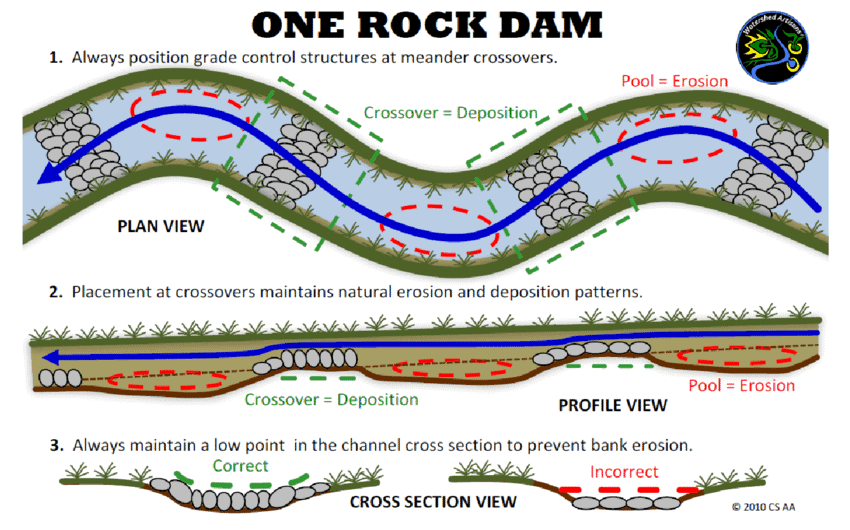
The Future of Regenerative Agriculture, expert panel 1
Welcome to the first edition of our monthly expert panels. This first edition starts off strong by addressing one of the most talked about issues of our time; understanding the […]

In today’s episode I spoke with Van Clothier about an innovative and subtle water erosion mitigation technique, and how to build a one rock dam.
I know this might seem oddly specific, but after an interview with Brad Lancaster last season, he talked about how he’s been learning from people like Van and his mentor Bill Zeedyk about smaller, less intrusive interventions that can have profound effects on the health of a watershed.
The truth is that there are so few watersheds and water bodies left around the world that aren’t highly degraded and in need of restoration.
Many of the communities most affected by this damage don’t have the resources to hire engineers and professionals to do survey and undertake large expensive restoration projects.
A lot of what Van promotes flies in the face of these large professional technical projects and teaches people how to understand their watersheds and identify the small and gradual work that can be done to improve their health.
The one rock dam is a great example of this and so today we’ll be exploring what it is, how it can be installed, and most importantly, how to educate yourself on how to interact and intervene in a damaged waterway in an effective way that doesn’t cause further damage in the long run, like many of these big professional projects do.
So a little background information.
Van Clothier’s firm, Stream Dynamics, Inc., specializes in turning runoff and erosion problems into water harvesting opportunities with water harvesting earthworks, urban stormwater retrofits, and riparian and wetland restoration in both urban and wildland settings.
Van has worked extensively in New Mexico and Arizona on a variety of restoration projects with regional drylands stream restoration and water harvesting experts including Bill Zeedyk, and Brad Lancaster. He is the co-author with Bill Zeedyk of the book Let the Water Do the Work: Induced Meandering, an Evolving Method for Restoring Incised Channels,
Recent projects include designing water harvesting stormwater retrofits for the City of Santa Fe, and restoring a very large ciénega (desert marsh) in the bootheel of New Mexico.
Get the resource packet for this episode!
Links:
https://streamdynamics.us/ https://www.chelseagreen.com/product/let-the-water-do-the-work/

For more episodes about watershed regeneration, check these out
Tagged as: one rock dam, watershed restoration, erosion control, riparian zones.

Welcome to the first edition of our monthly expert panels. This first edition starts off strong by addressing one of the most talked about issues of our time; understanding the […]



Copyright Regenerative Skills 2021
John Brown on March 5, 2021
It’s great to see the water control methods emigrating from Australia, India, Africa and China to the USA, I wondered why it wasn’t mentioned, e.g. in High Country News. I emailed authors of articles asking about it and they never replied. They need to catch up!